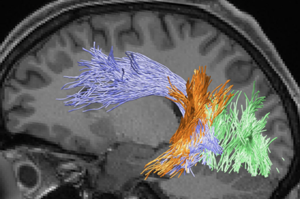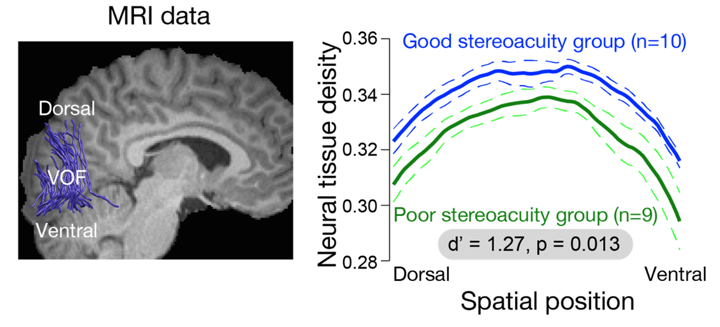White Matter Pathway and Individual Variability in Human Stereoacuity
November 19, 2018
National Institute of Information and Communications Technology
Osaka University
Abstract
Background
Achievements


Future Perspective
Full Reference to the Paper
Technical Contact
Hiromasa Takemura
Brain Function Analysis and Imaging Laboratory
Center for Information and Neural Networks
NICT
Tel: +81-80-9098-3285
E-mail:



















Ichiro Fujita
Graduate School of Frontier Biosciences
Osaka University
Tel: +81-6-6879-4439
E-mail:
























Media Contact
Sachiko Hirota
Press Office
Public Relations Department
NICT
Tel: +81-42-327-6923, Fax: +81-42-327-7587
E-mail:




















Graduate School of Frontier Biosciences
Osaka University
Tel: +81-6-6879-4692
Fax: +81-6-6879-4420
E-mail:


































